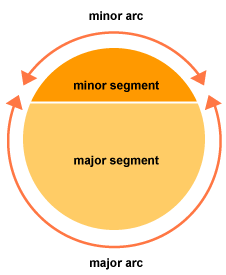As many parents will know, math homework is something kids avoid like the plague. Math may not be everyone's favorite subject but there is no denying it's importance in day to day life. Math skills are necessary and students who take an interest in the subject early on, will have a much easier time studying it in high school.
Much of the lack of interest in math boils down to the way it is delivered in class. To ensure that every student understands what is being taught, teachers need to employ different techniques to explain the concepts. This does not happen very often and students vary between having a vague idea and being completely clueless. When they have to finish their homework, in most cases students simply don't know enough to do their work. Some parents help out but in many households parents are either too pressed for time or not well-versed enough in math themselves to help their kids.
Getting help with math is the best solutions for students and parents who find themselves in this situation. Math tutoring has become very popular over the past decade with several students signing up for them, starting as early as elementary school. Math tutors wok with students on an individual basis, giving them ample time to learn at their own pace and clear every single doubt. Hundreds of students in schools across the country use math tutoring and as a result, have aced their tests and exams, getting As and Bs where they were previously failing.
Many math helpers feature help with math homework as a regular part of their services that students can make use of everyday. Unlike online calculators and programs which calculate the answer for the questions students input, getting professional help ensures that students really learn the concept or theory and how to put it into practice. Students can also practice with math tutors which allows them to really explore the topic as there is someone who can correct them, if need be. Homework help has helped students keep up with their schedules and submit assignments on time, all the while learning more about the topic.










